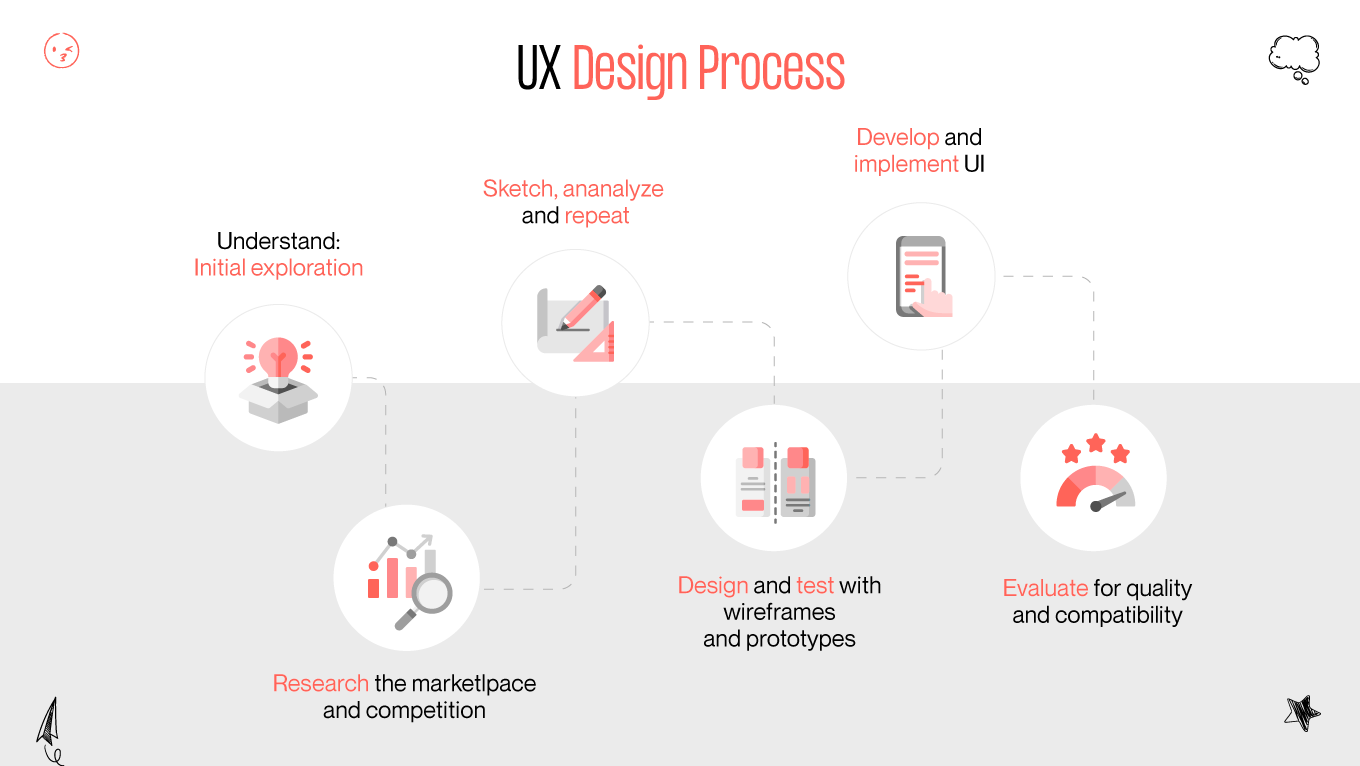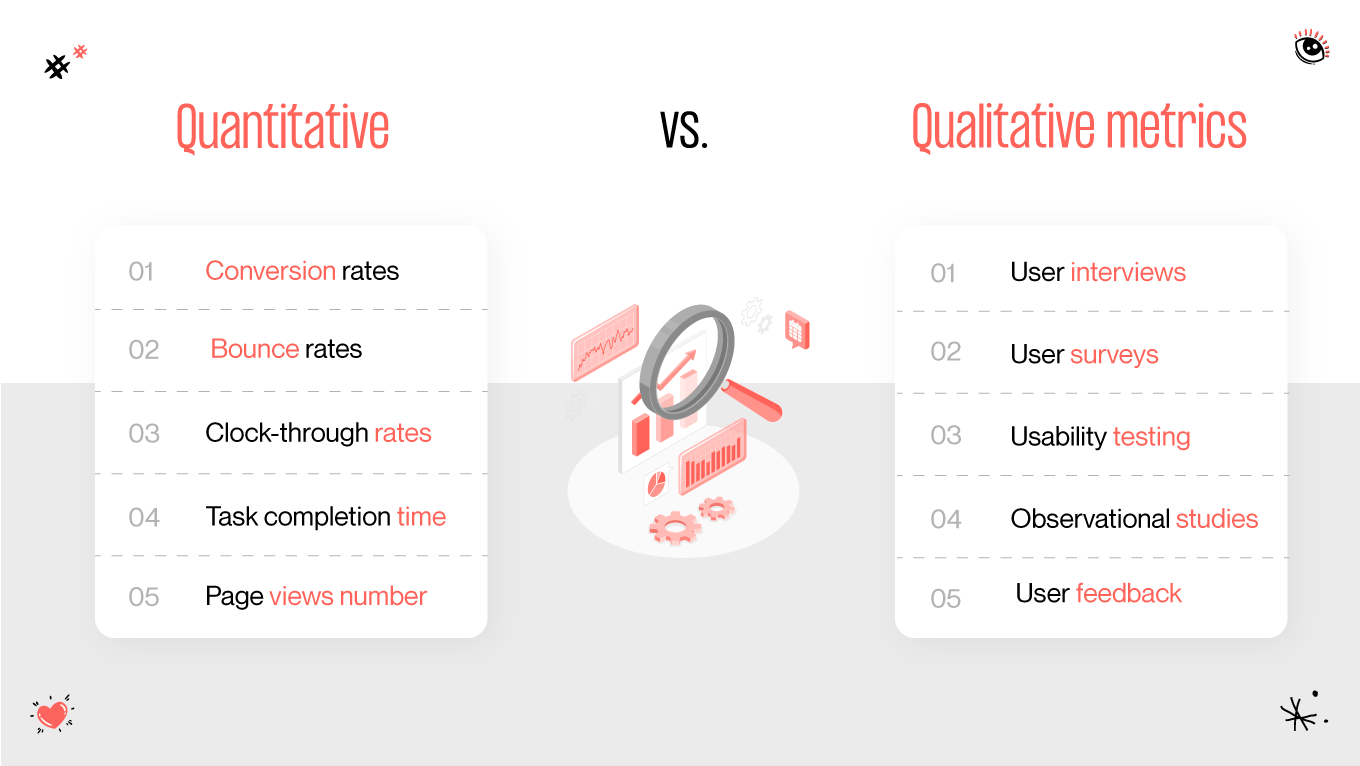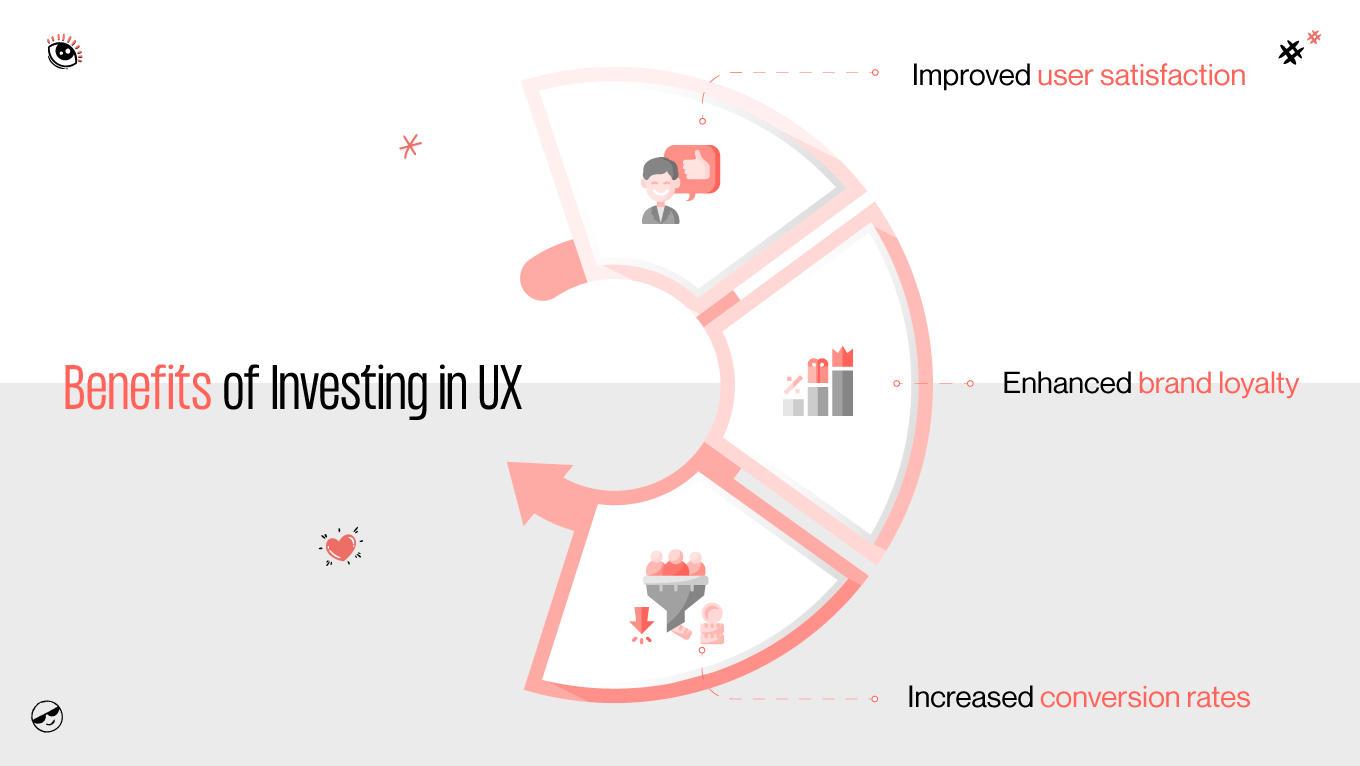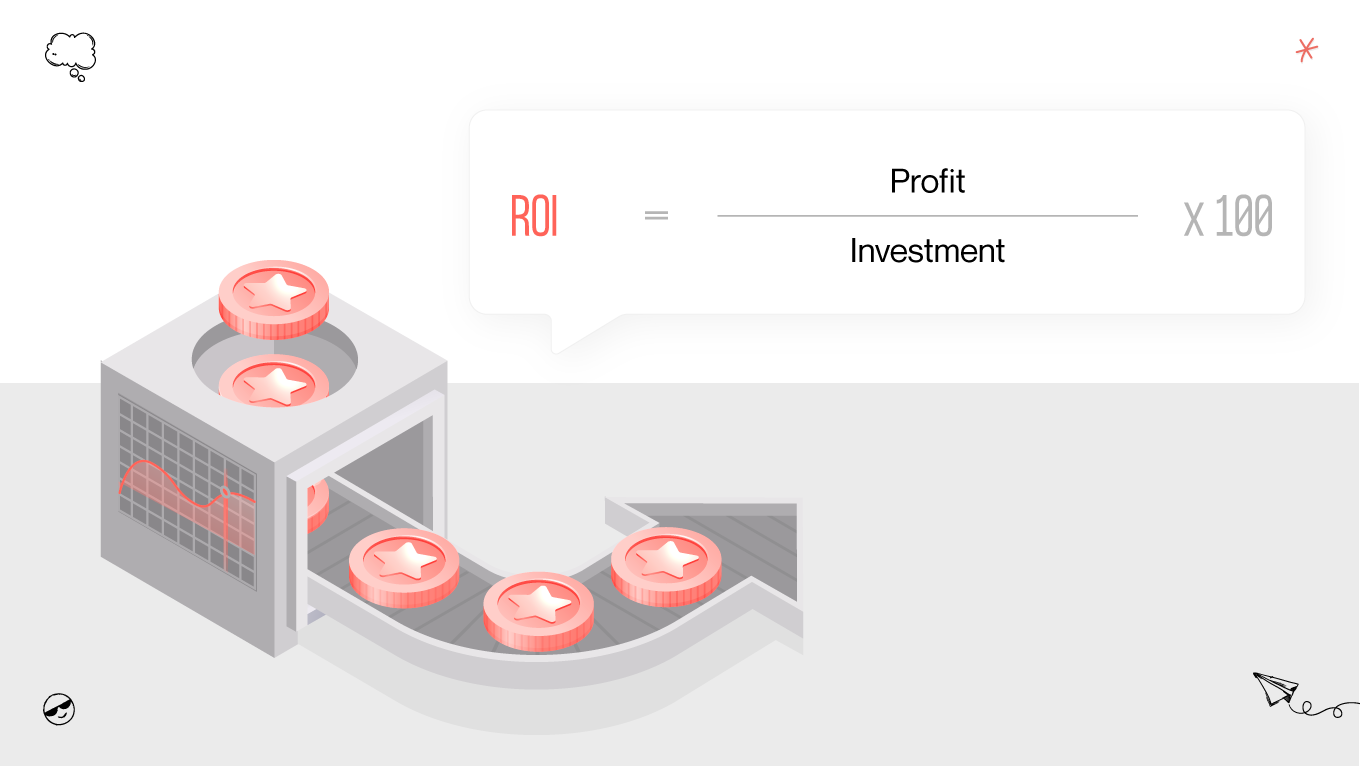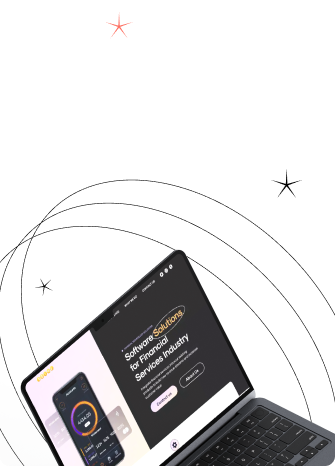From the seamless website navigation to the intuitive usability of a mobile application, every user’s interaction with a digital product shapes their perception of a brand. In this era defined by relentless competition and ever-changing consumer preferences, businesses are increasingly focusing on optimizing the user experience to gain a competitive edge.
Beyond mere aesthetics, UX encompasses a holistic approach to design that prioritizes user satisfaction, efficiency, and effectiveness. Optimizing the user journey and removing friction points helps companies enhance customer engagement, foster brand loyalty, and achieve sustainable growth. Our comprehensive exploration of the ROI UX design discovers the tangible benefits of investing in UX.
Here, we uncover its profound impact on critical business metrics and bottom-line outcomes by understanding the significance of UX beyond its aesthetic appeal. Gapsy’s expertise lies in creating seamless and engaging experiences across various platforms, ultimately driving measurable ROI for our clients. Stay tuned!


